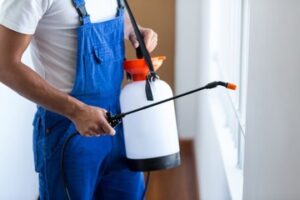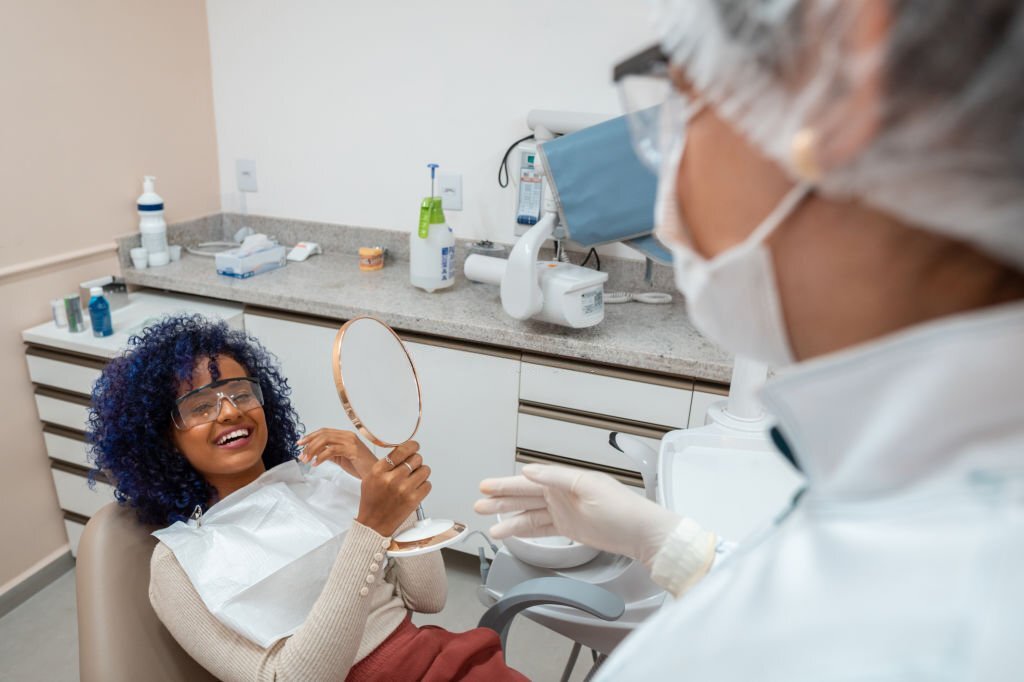Water Damage Restoration Utah is a complex process that requires the expertise of a trained restoration professional. The first step involves a thorough inspection of the affected areas.

Qualified professionals can identify clean, gray or black water damage. The color denotes how contaminated the water is with fecal matter or bacteria.
The first step in the water damage restoration process is assessing the extent of the damage. A professional team uses a variety of measurement tools like a thermo-hygrometer and thermal imaging cameras to identify all affected areas. This is done to prevent further damage to the home or building. Then, the team tries to remove all the water from the property. They also use large pumps and vacuums to clear out gallons of water at once. If a property is left to sit, it can lead to mold growth and other health problems for the inhabitants.
After the initial damage assessment is completed, the state will coordinate with local governments and private non-profit organizations to conduct a Preliminary Individual Assistance Damage Assessment (IDA). This provides a more detailed dollar amount and picture of the destruction and catalogs damages into FEMA Categories. The IDA results are used to support areas of high impact, determine if the county meets or exceeds the minimum damage threshold that signals possible Public Assistance eligibility and to provide information for the Joint PDA.
During the PDA, local and State officials will meet with the Federal team to discuss the results of the IDA. They will work together to ensure that all of the affected individuals receive assistance. The IDA and PDA results will then be used to prepare for the Public Assistance Application Cycle and to develop an action plan for recovery.
To view the IDA results in ArcGIS Online, sign in to your organization and click on the Damage Assessment Operations application. In the Monitor tab, select an incident and zoom in to a map extent. The Damage Assessment Indicators and Report List will update as you move the map extent. To filter damage reports by the assignment grid, turn off Filter unassigned individual assistance and select a user in the Assigned To text box.
Extraction
Depending on the damage caused, the first step of water restoration involves finding the source of the water and stopping it from continuing to flood the property. Then the professionals start the extraction process, using pumps and vacuums to remove as much standing water as possible. This will make the rest of the restoration process easier, faster and more effective.
During this phase, professionals also inspect the area to determine what materials and structures are unsalvageable. This includes assessing the class of the water (category 1, 2, or 3), determining what needs to be removed and hauled away, and preparing a plan of action for the restoration process.
Once the water is extracted, the focus shifts to drying and dehumidification. Professionals use industrial air movers and dehumidifiers to speed up the process and keep moisture levels below the acceptable threshold. This will protect against mold and mildew growth, which can begin within 24 hours if conditions are favorable.
This phase also involves disinfecting and deodorizing affected areas, including the cleaning and removal of any unsalvageable contents and structures. This includes personal belongings, carpeting and other flooring, drywall (only the damaged portions are cut away from the studs), paneling, shelving, cabinets, and more.
Water restoration experts will also test for any hidden pockets of saturation, such as behind walls or under floorboards. If necessary, these areas will be treated with an antimicrobial solution to prevent the spread of mold or mildew.
Drying
Water damage can cause a variety of problems from mildew and mold growth, structural damage, or even rotting. As a result, it is critical to start the drying process as soon as possible after an incident occurs. This step includes the use of powerful pumps and vacuums to extract standing water and minimize the amount of water damage. The drying process also involves dehumidification to remove excess moisture and prevent the formation of mold and mildew.
During the drying process, experts utilize measuring tools like a thermo-hygrometer and thermal imaging cameras to monitor temperature, humidity, airflow, and other variables within the affected area. This helps the restoration company identify any materials that cannot be restored and to take action accordingly. For instance, if a structure’s drywall or insulation are completely saturated with water, they will need to be removed and replaced.
Once the affected areas are dry, they can be reoccupied. However, this can take days or weeks depending on the level of water damage. During this time, it is essential to monitor the property and look out for any signs of mold or mildew.
If you are facing sudden and severe water damage, it is important to contact a professional immediately to prevent further damages. Be sure to turn off any electricity or gas supplies in the affected area and protect your valuables. In addition, be sure to open doors, furniture drawers, and closet doors to create airflow and assist the drying process. If possible, it is also beneficial to use fans to circulate the air and aid in drying. This is especially helpful if you have low evaporation materials, such as carpets or wood.
Cleaning
The cleanup and drying process starts with removing any water-logged or soaked items. Large pumps and vacuums can remove gallons of water in one pass, allowing the restoration company to quickly get the area dry. The company may also use desiccants, materials that absorb moisture, to help speed up the drying process.
Once the water has been removed and the damaged areas are dried, it is important to document the damage with photographs or videos. This will help you with your insurance claim as well as allow you to keep track of what was lost or damaged. The photographs and video can be used to identify the source of the water, as well as the area that has been affected.
It is also important to know that not all items can be saved after a flood. This is especially true if the water was contaminated by sewage or other toxic substances. The best thing to do is to prioritize the items that are most valuable, both monetary and sentimental.
In addition to destroying possessions, water can also damage the structure of your home or building. Cracks, sagging, and mold can form as the water seeps through walls and floors. You can take some preventative measures, like installing ventilation systems and using paints and drywall that are designed to resist moisture.
Leaking water can cause severe problems if left unchecked, so it’s important to call a professional as soon as you notice the damage. Water damage restoration experts will be able to handle the entire process, from start to finish. They will use specialized equipment to remove the excess water and will dry and disinfect the affected areas. They will also test the humidity and temperature of the property to ensure that it has been restored to acceptable standards.
Repairs
Water damage restoration is the process of bringing a property back to its former state after a water catastrophe. These catastrophes may be caused by a burst pipe, overflowing toilet or sink, leaking water heater, washing machine overflow, or even a natural disaster flood. The goal is to restore the property as quickly and efficiently as possible so that it can be used again.
The Water Damage Restoration Process usually starts with a damage assessment. This will determine the extent of the damage and the steps required to restore it. This will include removing any damaged materials, drying the affected area and sanitizing the property. It will also include the repair of any structural or cosmetic damages.
A professional will use tools like thermo-hygrometers and thermal imaging cameras to measure humidity and temperature levels in the impacted area. They will also use high-grade dehumidifiers to reduce moisture content. This will help to prevent mold and mildew growth as well as to protect the structure of the building and its contents.
Once the building is dry, the water damage restoration company will begin to make any necessary repairs. This may include drywall repair, floor repair, carpet installation and repainting. Depending on the severity of the damage, this process can take up to several weeks.
If you are looking for a reliable company to perform water damage restoration services, it is important to choose one that uses non-toxic products and has years of experience in the industry. You should also check whether they have insurance coverage and an emergency line available 24/7. It is also a good idea to ask for referrals from past clients. Doing so will ensure that you are getting the best service.


